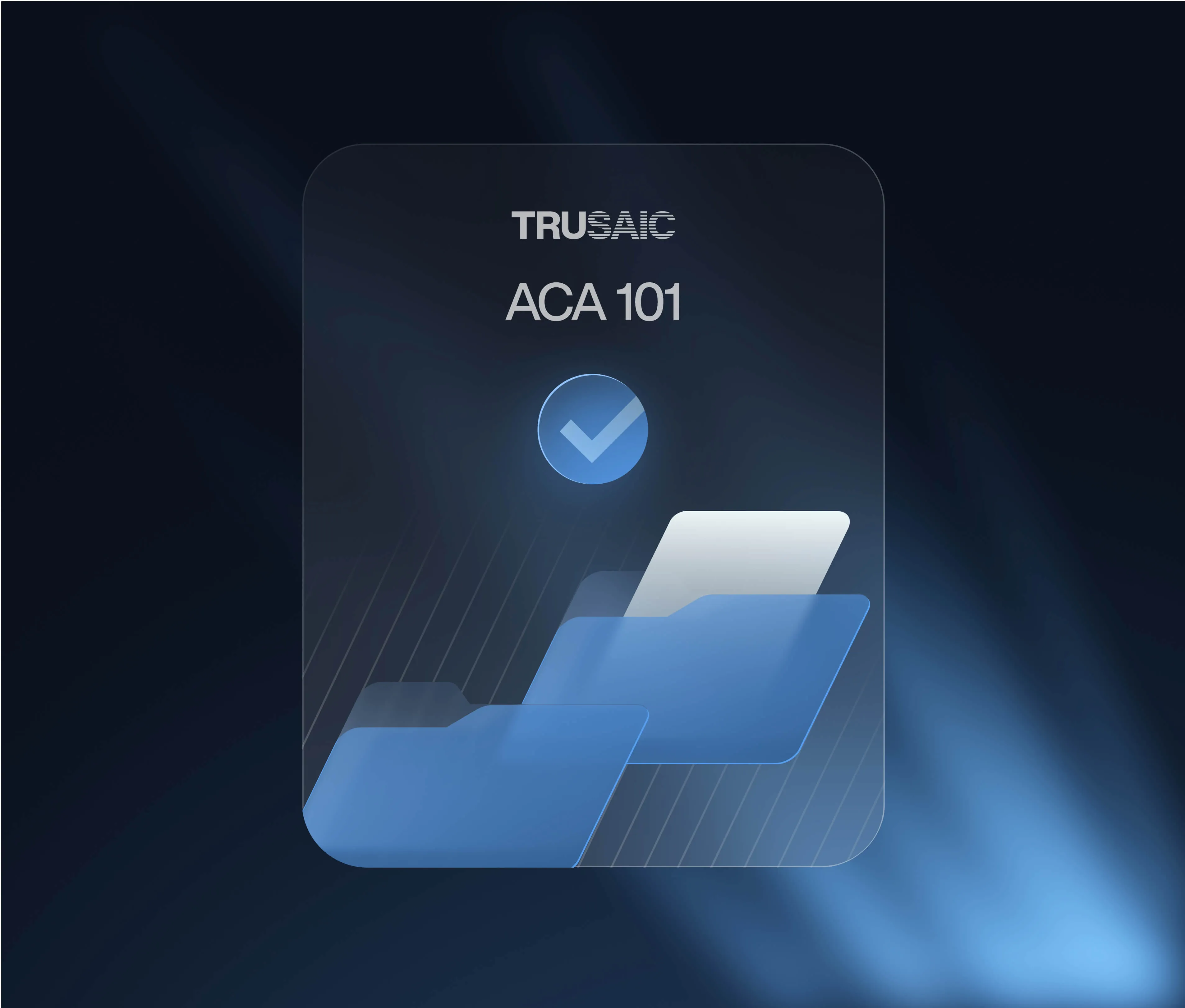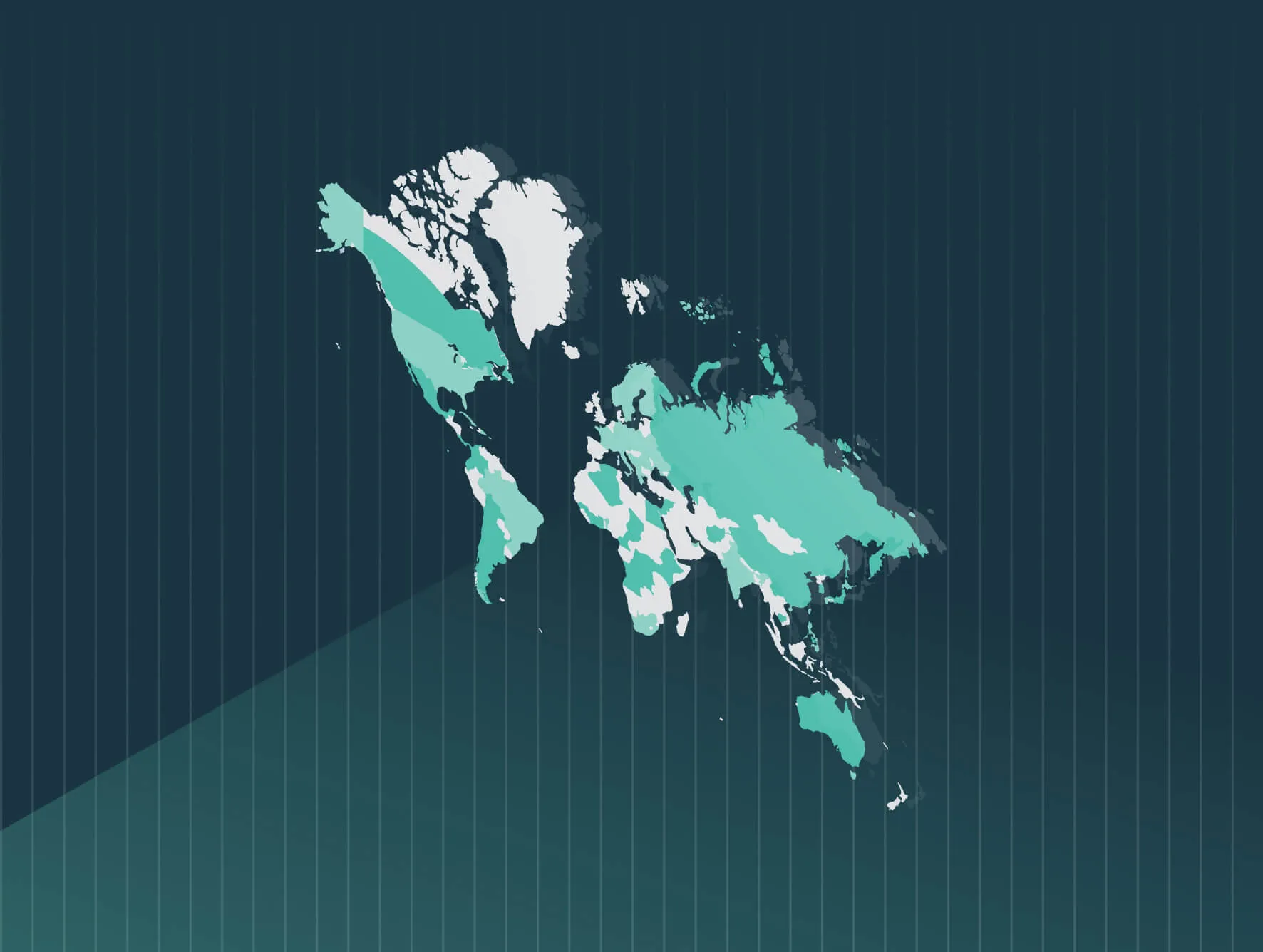The past year has seen some prominent U.S. organizations scale back diversity and inclusion initiatives for fear of backlash or increased litigation. With 2025 underway, we examine what it could mean for the state of workplace equity, and what’s ahead.
Additionally, with a new presidential administration taking office in the U.S., will there be any pay equity or pay transparency legislation developments? While we don’t anticipate any major changes, that doesn’t preclude states from continuing the push for pay transparency.
What to Expect for Pay Transparency
As noted in Trusaic’s recent webinar on the topic, there is unlikely to be any movement at the federal level in regard to pay transparency or pay transparency reporting under the Trump administration.
Existing pay equity related reporting requirements for federal contractors, such as the EEOC’s EEO-1 Component 1 reporting and some of OFCCP’s AAP requirements related to Rehabilitation Act of 1973 and Vietnam Era Veterans’ Readjustment Assistance Act of 1973 (VEVRAA) are expected to stay in place. Trump’s plan to streamline government operations and reduce spending lends itself to fewer federal contractors having to go through compliance audits.
However, federal contractors may have to provide additional certifications that they do not violate federal laws anti-discrimination laws. Therefore, analyses into pay practices may still be critical for federal contractors to prevent any pay discrimination including potential “reverse discrimination claims.” However, regardless of who has been in the White House, there has been very little movement on pay equity related legislation at the federal level in the 2000’s. The lone exception being the Lilly Ledbetter Fair Pay Act of 2009, which was enacted during the first term of the Obama administration.
On-Demand Webinar: What the Trump Presidency Means for Pay Equity and Pay Transparency Reporting
At the state level, pay transparency momentum continues to grow and is likely to continue during the next four years. Illinois and Minnesota’s pay transparency laws took effect Jan. 1, 2025, joining seven other states that require salary ranges on job postings. Three more states will have laws that require salary range disclosure on job postings later this year:
Massachusetts also has an EEO-1 pay reporting requirement that mirrors California and Illinois. Given the likelihood of inactivity at the federal level the next four years in regard to pay reporting requirements, it’s possible some of the above states follow suit with reporting requirements in the same vein.
What to Expect for Workplace Equity
Contrary to the expected inactivity on the pay transparency front, it’s likely that DEI-focused programs at the government level and corporate level will be under more scrutiny.
Trump’s nominations and staff appointments hint at what could be ahead. In the White House, Trump has selected Stephen Miller as his Deputy Chief of Staff for Policy. Since 2021, Miller has served as the President of America First Legal Foundation, which has filed numerous challenges to corporate DEI programs. Trump also announced that he intends to name Harmeet Dhillon as Assistant Attorney General for the Civil Rights Division, specifically praising her for her experience “suing corporations who use woke policies to discriminate against their workers.”
With the above in mind, the Trump administration could further embolden anti-DEI activists to levy reverse-discrimination claims against employers. Additionally, it could lead to more anti-DEI activist investors pressuring boards of high profile companies to scale back DEI-related programs.
This activity has already started occurring at the state level in places such as Florida. And several organizations have announced intentions to “scale back” diversity and inclusion initiatives as a result.
A sea change occurred in 2023 with the Supreme Court’s decision to overturn affirmative action in college admissions, which changed how employers are approaching DEI. The Trump administration could further expedite those plans.
Proceed With a Foundation of Compliance
A key theme in all of these DEI pullback instances is they are focused on diversity and inclusion. However, equity remains a priority as an increasing amount of court actions alleging inequity have cost employers millions. Moreover, striving to have a more equitable workplace as it relates to pay and opportunity — what we refer to as Workplace Equity® — is a worthwhile endeavor. In fact, neglecting the equity of your workplace across those two paradigms is the far more riskier of the two options.
A new presidency with heightened focus against DEI should not dissuade your organization from trying to achieve workplace equity. It should embolden you to lead with pay equity and proceed with a foundation of compliance.
Employers should audit their existing pay and opportunity equity processes to ensure they capture any unjustified pay inequities. One way in which they may not be is automatically using male as the reference class for gender and White as the reference class for race/ethnicity.
This approach assumes White males are advantaged relative to other demographic classes in employment outcomes (e.g., pay, hiring, promotion, and retention). While this is sometimes the case, it is not always the case.
As our Executive Vice President of Pay Equity and Total Rewards Strategies and Solutions, Gail Greenfield, notes: While this approach may be reasonable when reporting enterprise-wide pay and opportunity equity results, it’s not the preferred approach when identifying and remediating disparities.
Instead, our recommendation is to take a neutral approach in looking for pay and opportunity disparities (i.e., any demographic class can be identified as having a disparity), thereby reducing the chance of missing any “reverse discrimination” risks.
For any jurisdiction-specific compliance analysis (e.g., Illinois Equal Pay Certificate), we recommend using the reference class required by the legislation.
Leverage Compliant Workplace Equity Software
Workplace equity software solutions support organizations in achieving pay and opportunity equity. However, an important part of your due diligence is ensuring that your software solution is backed by robust methodology and a foundation of compliance.
Trusaic’s pay equity software solution analyzes compensation and benefits data directly from your HRIS system to uncover pay inequities across gender, race/ethnicity, age and more. Conduct proactive or compliance-driven analyses to pinpoint disparities, reduce legal risk, and build trust by ensuring fair, transparent pay practices across your workforce.
Achieve Global Pay Equity With Software
Our three-pronged approach is a cut above other solutions:
- Leverage PayParity® and OpportunityParity™ to understand, explain, and resolve pay and opportunity disparities. And now, with R.O.S.A., you can optimize the spend of your remediation budget to ensure you are maximizing the ROI of each dollar spent.
- Leverage the Regulatory Pay Transparency Reporting™ solution to confidently report and comply with global pay transparency requirements.
- Leverage our Workplace Equity® product suite to communicate narratives and share salary ranges with confidence. Communicate the sources of your pay gaps, progress objectives, and corrective measures to employees and internal stakeholders. Show data-backed progress in your pay gaps over time.
Our comprehensive workplace equity software solutions and on-demand expert support is with you every step of the way. With Trusaic, you can proceed with confidence, knowing you are working toward achieving pay equity with the backing of a robust methodology that is accurate and explainable to comply with fast changing regulations.








